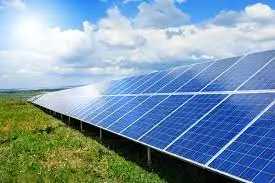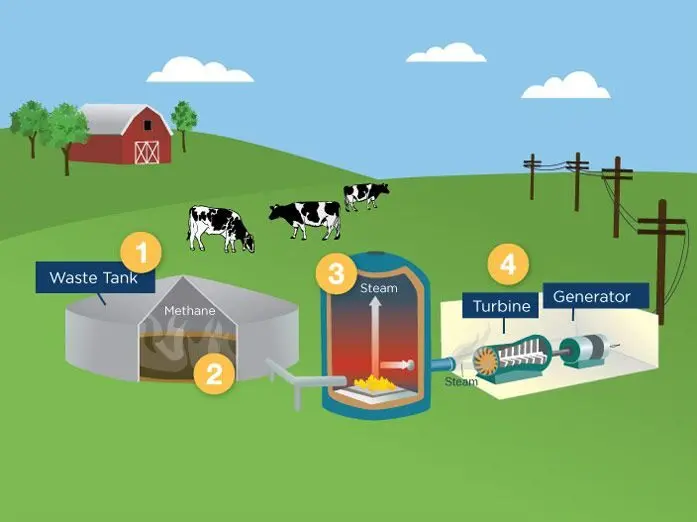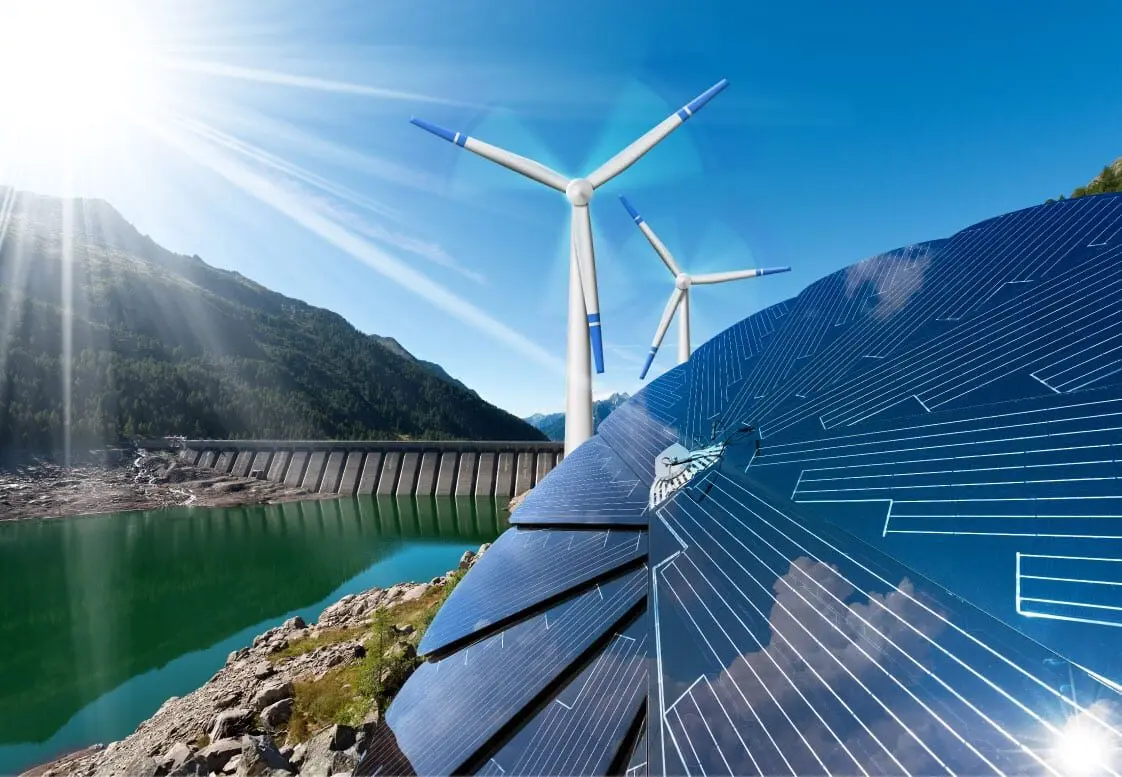In recent years, there has been a growing interest in renewable energy sources as a sustainable alternative to fossil fuels. As the world becomes more conscious of the environmental impact of traditional energy generation methods, the search for clean and renewable sources of electricity has gained momentum. One of the most promising avenues in this pursuit is the generation of electricity from natural sources.

Renewable energy refers to energy derived from sources that are naturally replenished. Unlike fossil fuels, which are finite and contribute to greenhouse gas emissions, renewable energy sources offer a cleaner and more sustainable solution. Let’s take a closer look at some of the natural sources that can be harnessed to generate electricity.
1. Solar Power

Solar power is perhaps the most well-known renewable energy source. It involves capturing the energy from the sun and converting it into electricity. This is done through the use of solar panels, which contain photovoltaic cells that convert sunlight into electrical energy. Solar power is abundant, clean, and readily available in most parts of the world. It has the potential to meet a significant portion of our energy needs.
2. Renewable Energy: Wind Power

Wind power harnesses the kinetic energy of the wind to generate electricity. Wind turbines, consisting of large blades mounted on a tower, capture the wind’s energy and convert it into electrical power. Wind farms, with multiple turbines operating together, can generate substantial amounts of electricity. Wind power is a mature technology and has seen significant advancements in recent years, making it a viable and cost-effective option for electricity generation.
3. Hydropower

Hydropower utilizes the energy of flowing or falling water to generate electricity. It is one of the oldest and most widely used renewable energy sources. Large-scale hydropower projects, such as dams, can generate substantial amounts of electricity. Additionally, small-scale hydropower systems can be installed in rivers and streams to provide power to remote areas. Hydropower is a reliable and consistent source of energy, but it does require suitable water resources.
4. Renewable Energy: Geothermal Energy

Geothermal energy harnesses the heat from within the Earth to generate electricity. This is done by tapping into geothermal reservoirs, which are areas where hot water or steam is naturally present. Geothermal power plants use this heat to produce steam, which drives turbines to generate electricity. Geothermal energy is a reliable and constant source of power, but it is limited to areas with geothermal activity.
5. Renewable Energy: Biomass

Biomass refers to organic materials, such as wood, agricultural crops, and waste, that can be used to generate electricity. Biomass power plants burn these materials to produce steam, which then drives turbines to generate electricity. Biomass is a versatile source, as it can be derived from various sources. However, it is important to ensure sustainable practices and avoid depleting valuable resources.

These natural sources offer a promising solution to our energy needs while reducing our dependence on fossil fuels. They provide a clean and sustainable alternative that can help mitigate climate change and promote a greener future. However, it is important to consider the challenges and limitations associated with each source, such as intermittency, geographical constraints, and environmental impacts.

As technology continues to advance, the efficiency and affordability of renewable energy sources are improving. Governments, businesses, and individuals are increasingly investing in projects like this, recognizing the long-term benefits they offer. By embracing these natural sources of electricity generation, we can pave the way for a more sustainable and environmentally friendly future.
Conclusion
In conclusion, exploring renewable energy sources for electricity generation is a crucial step towards a cleaner and more sustainable future. Solar power, wind power, hydropower, geothermal energy, and biomass offer viable alternatives to traditional energy sources. By harnessing the power of nature, we can reduce our carbon footprint and ensure a brighter tomorrow for generations to come.
Read More
- How to Make Money Singing From Home
- How to Make Money From Home in Michigan: 5 Surest Ways
- How To Be More Creative In Art: Unleash Your Inner Artist
- How to Make Money From Home: Your Guide to Financial Freedom


